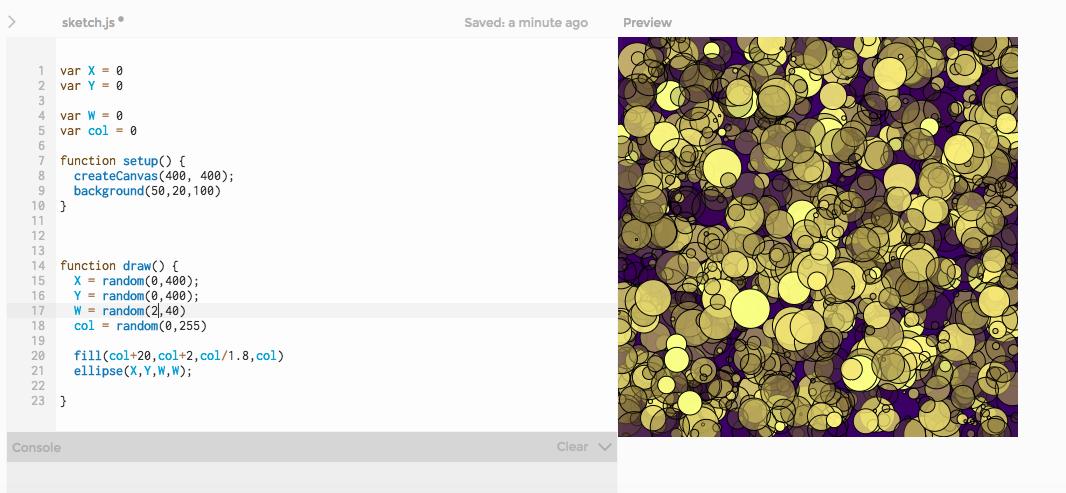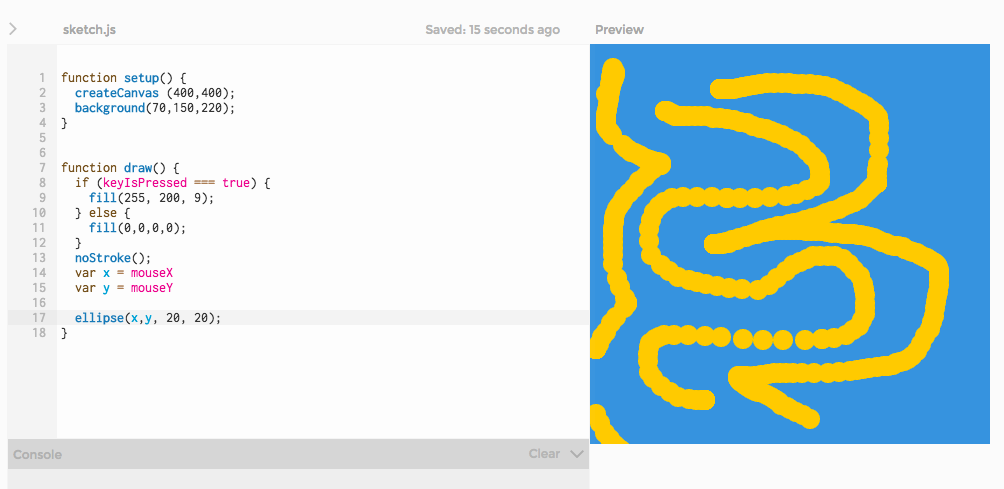I connected to the kinect platform for the first time ever. And it was a delightful experience, finally a breakthrough after many hours hitting walls.
While I may not end up using the kinect at all - it is for my final project where I intend to allow an individual to "fly" by flapping their arms, and leaning. This will control a bird on the screen that flies around a pre-made terrain. Not sure where to begin with 3D, so it might end up being a different game with similar actions. I believe I can execute a similar solution using accelerometers and distance sensors. However the kinect is cool. As you can see, though, it does respond quite slowly to my movements - but that's probably just my machine.
Here's a video:





